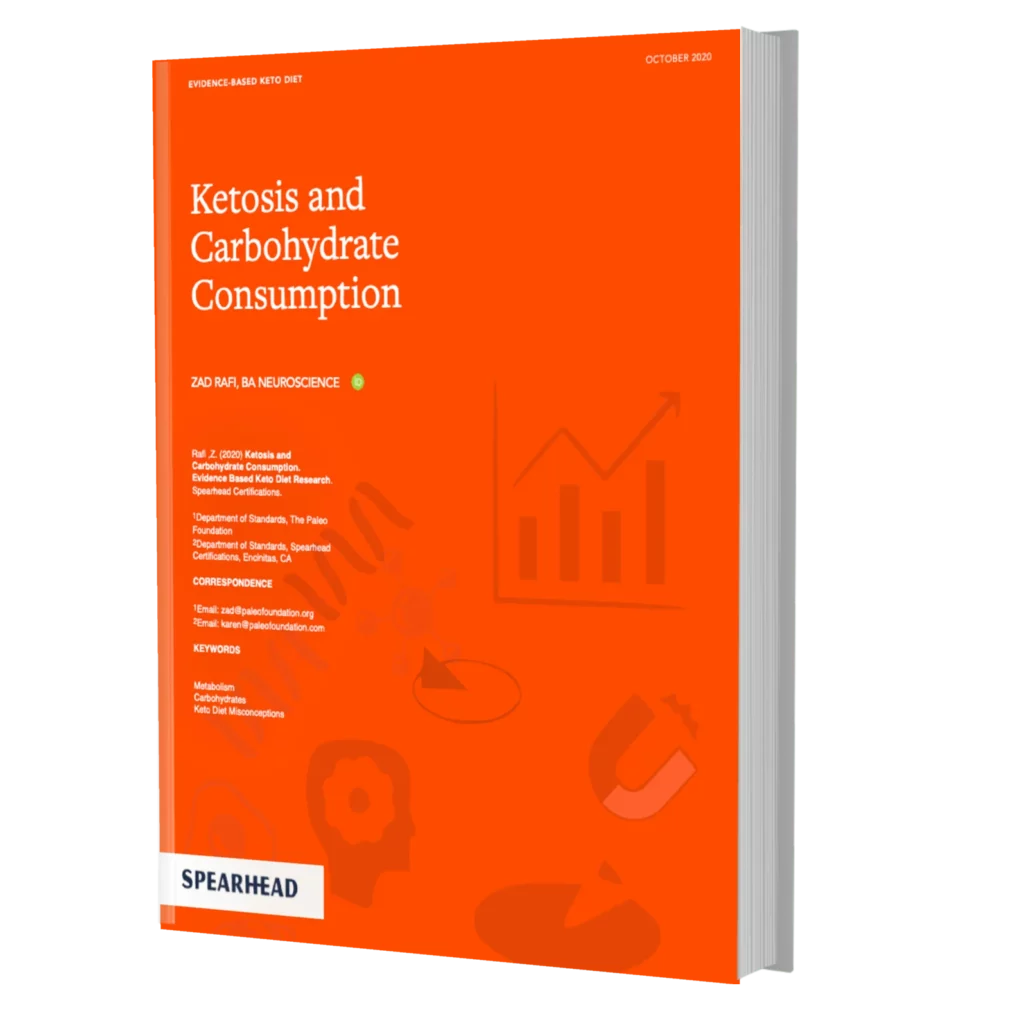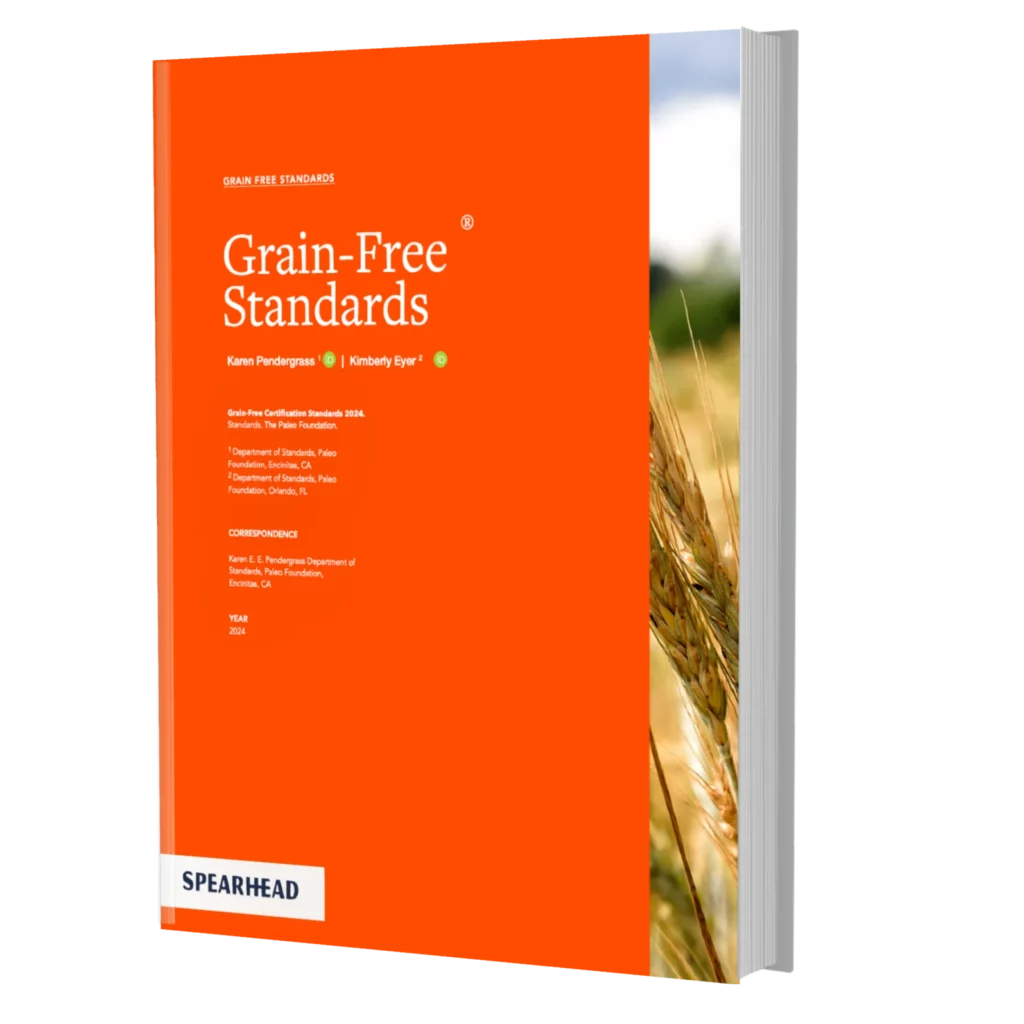With all that in mind, even if an individual were to avoid all sources of fat and protein, they could still enter a state of ketosis and this is primarily because dietary fat and protein are not necessary for the creation of ketones. Rather, it is the restriction of a certain quantity of carbohydrates that is more important. This is because when the amount of glucose and glycogen is low within the available tissues, the liver essentially begins to produce glucose from other sources, such as amino acids, and fatty acids through gluconeogenesis, and blood levels of glucagon and epinephrine also begin to rise, while insulin levels begin to fall. As a result, more fatty acids are typically released into the blood from adipose tissue via lipolysis, which then allow for the generation of ketone bodies via ketogenesis.
These free fatty acids are oxidized, specifically via beta-oxidation, and then converted into acetyl coenzyme A, which is then oxidized in the electron transport chain to produce ATP, which all occur within the cell mitochondria. Thus, having adipose tissue is enough to enter a state of ketosis. This is typically why the vast majority of keto experts classify a ketogenic diet as being one that involves consumption of less than 50 grams of carbohydrates per day, which is 200 kilocalories a day, and not as a diet that needs to have a sufficient amount of dietary fat and protein.
While most individuals consume the rest of their calories from fat and protein for maintenance, even if an individual were to avoid all sources of fat and protein and only eat 200 kilocalories of carbohydrates a day (which is again, 50 grams of carbohydrates), this would technically make their diet an all carbohydrate diet because there is no consumption of fat and protein.



